TFGS
|
- HOME・ホーム
-
日本語
-
About Tom Fielding Golfについて
- Teaching Philosophy
- Privacy Policy
- Tom Fielding Golf School Japan - Golf Improvement BLOG
-
Blog and News Updates
>
- How good a golfer are you right now
- How Far Should I Hit My 7 Iron?
- Most Golf Fitness Misses the Mark Completely
- The Mid Round Slump!
- Take This Quick Strike Test To See What Level You Are
- Golf Camps・ゴルフ合宿
- 2019 Summer Golf camp photo galleries
- JP-3 day / 2 night: Golf Camp 3日・2泊ゴルフ合宿
- EN-3 day / 2 night: Golf Camp
- APRIL/MAY2019 Newsletter: EN version
- February 2019 Newsletter: EN version
- February 2019 Newsletter: JP version
- Golf Fitness
- Why is change so difficult
-
Lesson Articles
>
- How To Practice Golf At Home – 6 Steps To Practicing At Home
- Internal & External focus - JP
- Pro Golfers are not that good
- 3 essentials for CONSISTENCY IN GOLF
- The Golf Swing and negative words
- Beat the Heat
- Hot Weather Guidelines
- Swing Radius
- Exclusive 4 steps for improved ball striking
- Hitting from different lies
- Weight transference
- POSTURE
- Training in different climates
- Fitness Friday: Preparing for a cold-weather round
- How far will the golf ball go in cold weather
- TrackMan: Definitive Answers at Impact and More
- Clearing the left side too early is damaging.
- The Ball Flight Laws
- Head Position
- Distance = Club Head Speed + Square Impact + launch angle
- Attention! The Pre-Shot Routine
- The Basic Skill of Chipping
- 4 stages of learning
- How to Break 90 - Part 1
- How to Break 90 #2
- How to Learn a Great Golf Swing
- Perfect Practise makes practise.
- 3 Essentials to breaking a habit
- Basic principles of exercise - Points to bring out the maximum practicing effect
- Things to consider before aiming at the flagstick
- Learnig motor skills: The GOLF Swing
- RULES OF GOLF PAGE >
- Golf Humour >
-
ゴルフスクール Menu
- 2024 SUMMER Golf Camp in Japan-EN >
- 2024SGC-JP サマーゴルフ
- Melbourne Golf Tour: March 2025
- Teaching locations: Lessons inquires & bookings >
- Trial Golf Lesson >
- 2 hole Private・貸切 training program
- 1/2 day Golf School: Kashikiri program@Morinagatakako CC
- Internet Golf Lesson >
- Testimonials Customer feedback
-
Photo / Video Gallery
- 2023 Summer gof camp photo gallery
- 2022 Summer Golf Camp - Photo Gallery
- 1 / 2 day golf camp - Photo gallery
- 2021 Summer Golf Camp - photo gallery
- 2020 Summer golf camp@ Appi Kogen Iwate prefecture
- 2019 Summer Golf camp photo gallery
- Summer golf camp 2018 photo gallery
- Photo Gallery from the Australia Vs Japan Junior challenge
- 2017 5周年のSummer golf camp-Photo/Video gallery
- 2016 4周年のSummer Golf Camp Photo Gallery
- 2015 The 3rd Summer Golf Camp @ Pelican Waters Golf Resort
- 2014 Summer Golf camp photo gallery
- 2013 Summer Golf Camp at Pelican Waters, Sunshine Coast, Queensland Australia.
- 2014 The 3rd Students Cup Pro-Am 2014 - Photo Gallery
- 2013 The 2nd Students Cup Pro-Am 2013
- Video Gallery
|
Many years ago, I once took a few of my students to watch a big Professional event in Kuala Lumpur. My students had only seen these famous players on TV and as you know when watching TV you are only privileged to see those players in the leading groups. The result is that my students were of the opinion that "ALL" professional golfers are "GOOD"! Well after they watched a bunch of their favorite players "LIVE", the general consensus, was "We thought that all hit good shots all the time, but in fact, even the players in lead occasional hit really BAD golf shots"! In fact even today when my students go to watch a professional event, the resounding option is that "They're not has good as i thought!" Hang on a minute! I know what you’re thinking these where some of the best players in the world – how can this be possible?” we have to define an important word in the quote. THEY’RE NOT THAT GOOD The golfers that came with me to the watch the BIG golf event were relatively new to golf, average players with high handicaps, or no handicap at all. But as i said, they watch TV! They see the highlight reel of the best players in the world who happen to be playing their best golf THAT week! So they have warped perceptions. For example; Pupil – “I thought they hit every single fairway” Me – nope, they’re not THAT good. Fact – pros average around 60% of fairways hit Pupil – “I though they hit it to 5/10 feet all the time” Me – “nope, they’re not THAT good” Fact – pros average proximity to the pin from the fairway with a 7/6 iron is over 30ft. Yes, they “occasionally” knock it to 10ft, but often hit it outside this range too. Also, they miss 45% of the greens from this range Pupil – “ I thought they hole every 10ft putt they look at, especially on those perfect greens” Me – “nope, they’re not THAT good” Fact – pros hole only around 40% of their ten footers – even on the best greens in the world. Pupil – “wow, there are a couple of guys who shot in the 80’s today. I thought they never shoot that much over par” Me – “nope, they’re not THAT good. They have bad days like the rest of us” In fact, during the day we saw;
Tiger Wood’s reaction to a tee shot that ended up in the bunker on an opposing fairway. He managed to hit his shot of the day from that bunker Obviously, as a professional coach who lives this info, I understood this. I had explained this to my players before too. But, for whatever reason, seeing it live in action made it really sink in. These guys are humans playing one of the most difficult games ever invented. WHY THIS MATTERSI think I labor this point for a few reasons, namely:
Unrealistic expectations also affects your strategy. If you think the pros are hitting it to 5ft all the time with a 7 iron in their hand, you are going to take on riskier pin locations. This can quickly turn an “average miss” into a dropped shot or more. For example, where would you aim if you thought tour-pros shot pattern was blue? What about if you knew their shot pattern was red? This then compounds itself into a vicious circle where your game doesn’t match your expectations, which affects your mood, which affects your strategy, which affects your play, which affects your mood (and so forth) EVERYONE IS GOOD To flip this argument completely on its head – everyone is amazing at golf. Just think about it, in order to send a golf ball to our target, we have to;
PROS ARE JUST BETTER Did you know that, in order to hit a 35-yard-wide fairway at 300 yards, a player has to present the club face within a 3 degree window? That’s crazy! Just 1.5 degrees right or left and the ball will miss the edge of the fairway. I don’t know about you, but I can’t even see 1.5 degrees – the thought of swinging a clubhead around our body at 120mph while attached to a 45 inch shaft and then returning it with that accuracy is astounding. But wait, At roughly 210 yards (average amateur golfer distance), you still have to return that club face to a 4 degree window (2 degrees either side of center) to hit that 35 yard fairway. Oh wow – so a pro has a 3 degree window, and an amateur has a 4 degree window. I know you might be thinking “but pros hit the fairway more often” Well, you are right, but they only do it 10% more often (pros average 60% fairways, amateurs average 50%). And their wild shots can be just as offline as an amateur’s. I mean, on one side you could say the pro is more than 33% better the amateur in this example – but on the other hand you could say that they are both pretty freaking awesome. It’s tough to even see 2 degrees either side, let alone flail a club around your body at full speed and return it back there. ARC HEIGHT Just like our club face example, the differences between a good contact and a poor one can be small. Watch the slide show below. COMPOUNDING EFFECTSSo, with golf, everyone is good, but no one is THAT good. Not even the pros. As our club face example suggests, the difference between pros and amateurs CAN be as little as;
No one would argue that quarter of an inch or a few degrees is a HUGE amount – but in golf, with such fine margins between success and failure, these small differences ARE huge. All of these small differences add up with each shot. If dropping just half an inch in height can make the difference between a birdie and a bogey, these effects compound over the course of 72 or more shots. The pros ARE better than amateurs, but often by a few degrees, an inch, or one mph of speed control (in putting, for example). But it could be said that it is their ability to consistently control these fine margins, as well as the accumulations of the combinations of fine margins, which make them superhuman. Where they obviously excel is their ability to do these things at incredible speeds. Not many amateurs will ever swing a club anywhere near 120mph. Average amateurs swing the club around 90mph – pros are closer to 115mph Also, their ability to do these things under extreme pressure is what impresses me the most. I can strike the ball pretty darn well – but put me in front of a crowd of 3000 people on a Sunday with 1.5 million on the line and I might just fall into a dribbling mess on the floor. FUNCTIONAL VS CONSISTENTWe can also look at this problem from the view of functionality versus consistency. The vast majority of amateurs are actually incredibly consistent – they return the club to almost the exact same spot (within an inch), and return the club face to incredibly accurate degrees. The issue is , they are often returning the club consistently to poor places. See the below example. This gholfer was losing 40 yards of carry distance by returning the club to a consistently poor spot. Better players (scratch players, for example), have figured out most of the functionality – they return the club to the right places. Higher handicappers might be inconsistent, or consistently poor – which requires different interventions. Professionals have both – they are optimal AND consistent. Their level of consistency may only be 0.25 inch better than that of a scratch or higher hand player, but this combination of optimal AND more consistent really stacks up. WHAT TO DO NEXT? In The Golf Improvement Plan, I explore where amateurs lose the vast majority of their shots – Impact! I believe that The Golf Improvement Plan is a program which looks at controlling the small changes which make the difference. Through using the motor learning scientific research, I show you drills which enable you to close the gap on the professionals quicker than ever. In The Golf Improvement Plan, we go through these concepts more in depth, showing you;
CLOSING NOTES
The message to take from this is YES, pros are very good – but amateurs are often not far away from good function. They may just be less consistent by very small margins, for example a pro might be returning the club to a half-inch bandwidth (range of alignment error), whereas an amateur might be closer to a 3/4 inch bandwidth Amateurs might also be doing the wrong things consistently, such as having their whole range of alignment error 1/4rd of an inch lower than optimal. Or, amateurs might be using techniques where the margins for error are much smaller – such as having the lowest point of their swing too far in front or too far behind the ball
0 Comments
Your comment will be posted after it is approved.
Leave a Reply. |
トム
|
- HOME・ホーム
-
日本語
-
About Tom Fielding Golfについて
- Teaching Philosophy
- Privacy Policy
- Tom Fielding Golf School Japan - Golf Improvement BLOG
-
Blog and News Updates
>
- How good a golfer are you right now
- How Far Should I Hit My 7 Iron?
- Most Golf Fitness Misses the Mark Completely
- The Mid Round Slump!
- Take This Quick Strike Test To See What Level You Are
- Golf Camps・ゴルフ合宿
- 2019 Summer Golf camp photo galleries
- JP-3 day / 2 night: Golf Camp 3日・2泊ゴルフ合宿
- EN-3 day / 2 night: Golf Camp
- APRIL/MAY2019 Newsletter: EN version
- February 2019 Newsletter: EN version
- February 2019 Newsletter: JP version
- Golf Fitness
- Why is change so difficult
-
Lesson Articles
>
- How To Practice Golf At Home – 6 Steps To Practicing At Home
- Internal & External focus - JP
- Pro Golfers are not that good
- 3 essentials for CONSISTENCY IN GOLF
- The Golf Swing and negative words
- Beat the Heat
- Hot Weather Guidelines
- Swing Radius
- Exclusive 4 steps for improved ball striking
- Hitting from different lies
- Weight transference
- POSTURE
- Training in different climates
- Fitness Friday: Preparing for a cold-weather round
- How far will the golf ball go in cold weather
- TrackMan: Definitive Answers at Impact and More
- Clearing the left side too early is damaging.
- The Ball Flight Laws
- Head Position
- Distance = Club Head Speed + Square Impact + launch angle
- Attention! The Pre-Shot Routine
- The Basic Skill of Chipping
- 4 stages of learning
- How to Break 90 - Part 1
- How to Break 90 #2
- How to Learn a Great Golf Swing
- Perfect Practise makes practise.
- 3 Essentials to breaking a habit
- Basic principles of exercise - Points to bring out the maximum practicing effect
- Things to consider before aiming at the flagstick
- Learnig motor skills: The GOLF Swing
- RULES OF GOLF PAGE >
- Golf Humour >
-
ゴルフスクール Menu
- 2024 SUMMER Golf Camp in Japan-EN >
- 2024SGC-JP サマーゴルフ
- Melbourne Golf Tour: March 2025
- Teaching locations: Lessons inquires & bookings >
- Trial Golf Lesson >
- 2 hole Private・貸切 training program
- 1/2 day Golf School: Kashikiri program@Morinagatakako CC
- Internet Golf Lesson >
- Testimonials Customer feedback
-
Photo / Video Gallery
- 2023 Summer gof camp photo gallery
- 2022 Summer Golf Camp - Photo Gallery
- 1 / 2 day golf camp - Photo gallery
- 2021 Summer Golf Camp - photo gallery
- 2020 Summer golf camp@ Appi Kogen Iwate prefecture
- 2019 Summer Golf camp photo gallery
- Summer golf camp 2018 photo gallery
- Photo Gallery from the Australia Vs Japan Junior challenge
- 2017 5周年のSummer golf camp-Photo/Video gallery
- 2016 4周年のSummer Golf Camp Photo Gallery
- 2015 The 3rd Summer Golf Camp @ Pelican Waters Golf Resort
- 2014 Summer Golf camp photo gallery
- 2013 Summer Golf Camp at Pelican Waters, Sunshine Coast, Queensland Australia.
- 2014 The 3rd Students Cup Pro-Am 2014 - Photo Gallery
- 2013 The 2nd Students Cup Pro-Am 2013
- Video Gallery

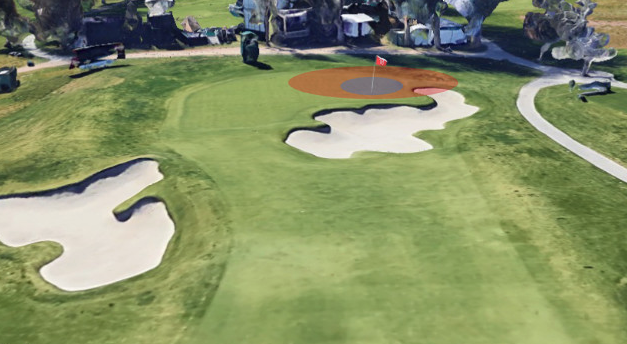

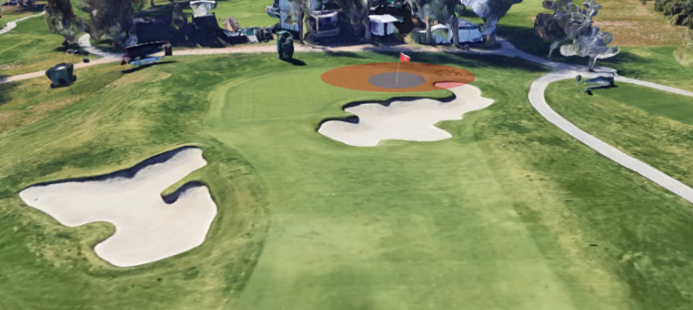
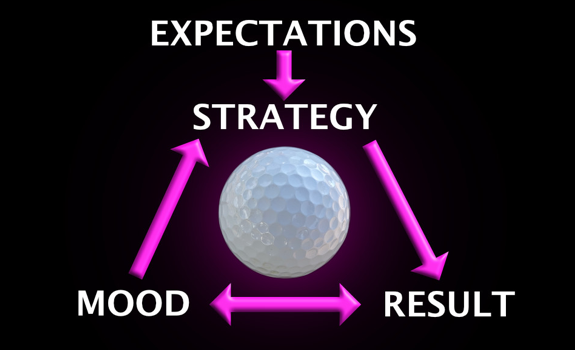
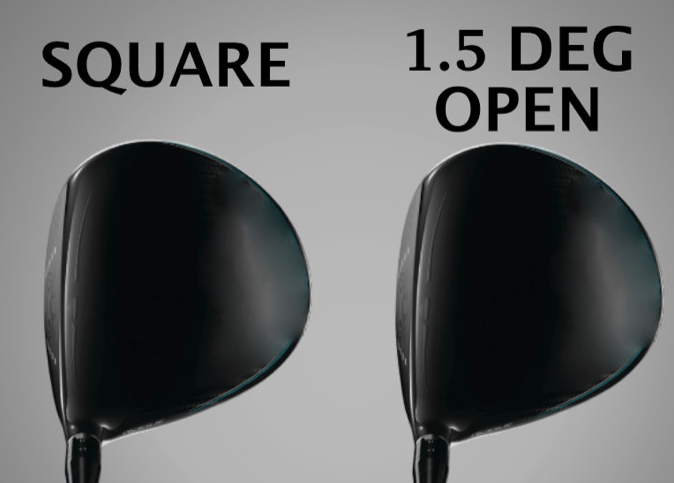
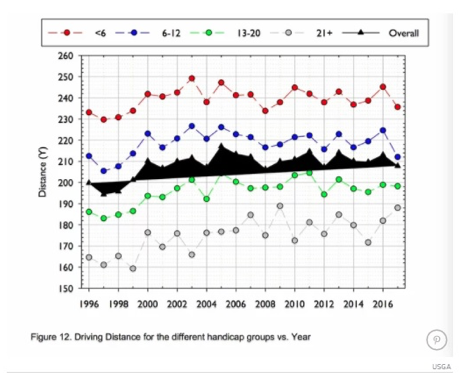
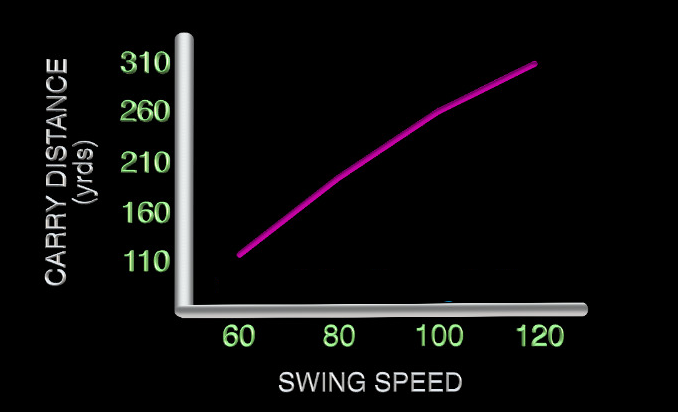
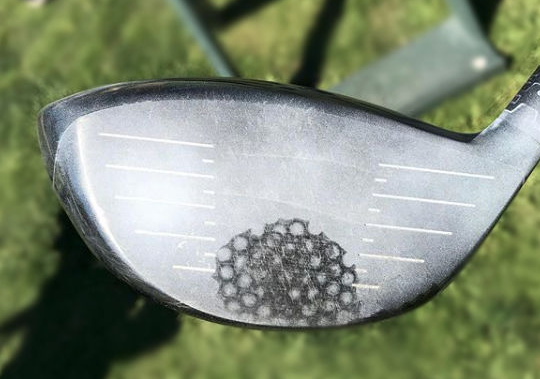
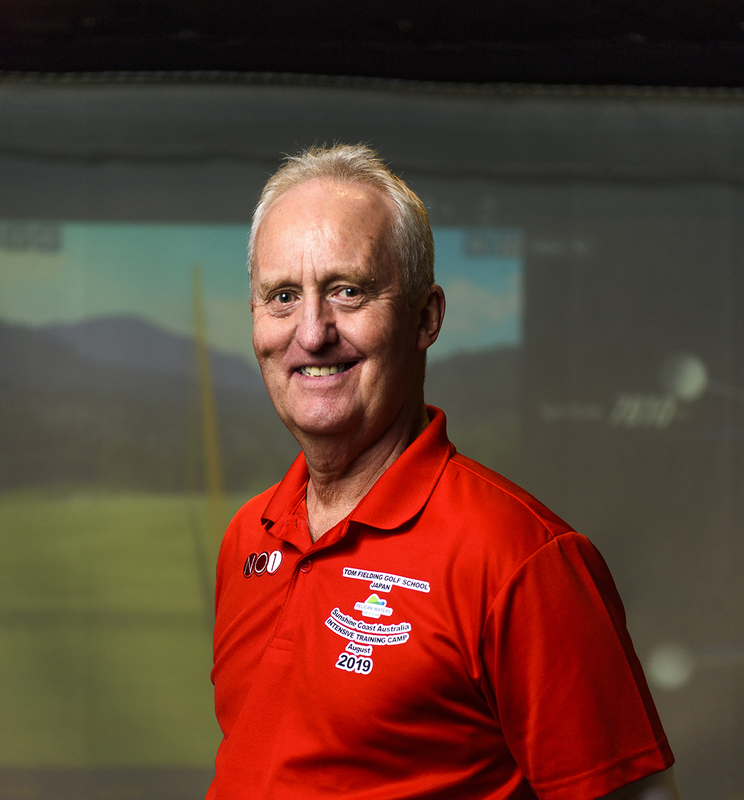

 RSS Feed
RSS Feed